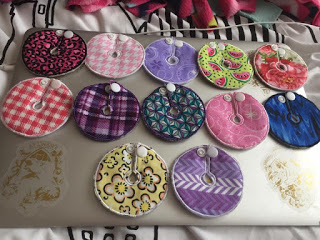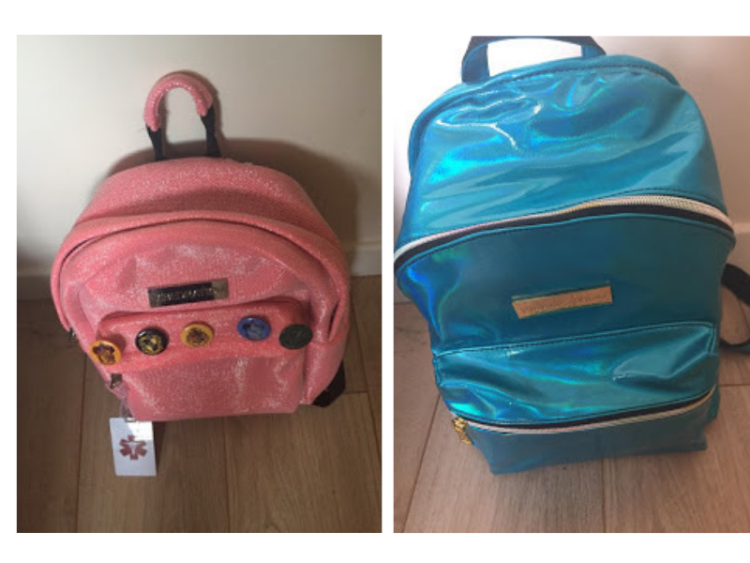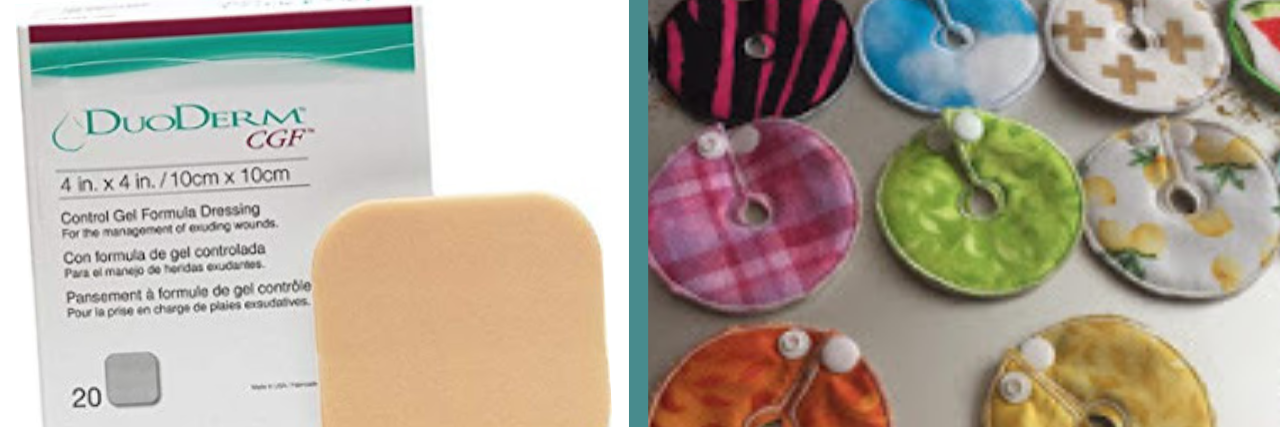As someone who’s had feeding tubes for a while, I know just how tough it can be. You feel alienated, abnormal and weird because it’s not the “norm” to have a feeding tube. It can cause your confidence to plummet because you’re “different” from those surrounding you.
I know when my doctors first introduced the idea of placing a feeding tube, eventually leading to my first NG tube, I was clueless. I found it was a real struggle from the beginning and didn’t have any clue how to adapt to my “new life” with a feeding tube. This uncertainty increased my anxieties about living with a feeding tube, and made the process substantially more difficult. I’d hate for anyone else to feel as confused and uncertain as I did after initially having my tube placed.
Feeding tubes can be difficult to live with and adjust to. Particularly, in my opinion, nasal feeding tubes can be difficult, because on top of all the other feelings, you have to deal with other people’s stares and sometimes narrow-minded opinions. Although feeding tubes can be hard, they have positives and can really help give you back the quality of life you may have been missing.
This is a list of different feeding tube essentials I’ve put together during my three years with a feeding tube. I personally have experience of NG (nasogastric), NJ (nasojejunum) and a straight J-Tube/jejostomy feeding tube. I lived for three years with an NG tube, and after that I had my straight J-Tube placed. I hope this list helps give some reassurance to anyone who is facing the prospect of needing a feeding tube, or anyone who’s still getting used to it.
Here’s my list of feeding tube essentials:
1. Tubie Pads
 If you have a surgically-placed feeding tube, Tubie pads are a lifesaver! They’re thin pieces of material that come in a multitude of different fabrics with different designs/colors, etc. They’re sometimes handmade, usually with a lot of love and care, and are sold via independent sellers. Tubie pads serve a few different purposes: to collect any drainage from your feeding tube site to stop it from ending up on your clothes, to reduce any granulation tissue and to make you feel better about your feeding tube. They’re a great way for kids to feel more included in the handling of their feeding tube/s as they can select the Tubie pad they want to wear that day. They’re beneficial for adults too, and make having a feeding tube a little easier.
If you have a surgically-placed feeding tube, Tubie pads are a lifesaver! They’re thin pieces of material that come in a multitude of different fabrics with different designs/colors, etc. They’re sometimes handmade, usually with a lot of love and care, and are sold via independent sellers. Tubie pads serve a few different purposes: to collect any drainage from your feeding tube site to stop it from ending up on your clothes, to reduce any granulation tissue and to make you feel better about your feeding tube. They’re a great way for kids to feel more included in the handling of their feeding tube/s as they can select the Tubie pad they want to wear that day. They’re beneficial for adults too, and make having a feeding tube a little easier.
I buy my Tubie pads from a lady named Amy Duncan-Dehn, who runs her own Facebook group for her small business, “Tuberific Tubies! GTube & Trach Pads.” Amy’s Tubie pads are good quality, and in my experience last a long time. I bought my first log of Tubie pads off Amy a year ago and they’re all still in the same condition they were when I first bought them, even after going through the washing machine and tumble dryer. Amy makes individual Tubie pads, however, she also does bundles from time to time. You can find Amy’s Facebook group here.
2. Tubie Clips 
Tubie clips are pieces of fabric attached to a clip. You put the clip onto clothing and then put the tubing into the piece of fabric. Their purpose is to prevent your tubing from getting tangled up, and they also minimize the risk of tripping over tubing, which can potentially pull your tube out of your feeding tube stoma. Tubie clips come in a whole host of fabrics with different colors and designs on them. They can really help take away how daunting feeding tubes can be, and they are great for children.
3. Backpack
 If you’re on continuous feeding or feeding that runs throughout the day, having a backpack can be a real lifesaver! So many backpacks exist with different designs, and there’s really something for everyone. My personal favorite type of backpack is by the company Vibedration. They have a whole array of different backpack styles in several different sizes. The thing I love the most about Vibedration’s backpacks is they have a hole in the backpack where you can feed your tubing through instead of, like with other backpacks, having to place the tubing out with the zip of the backpack.
If you’re on continuous feeding or feeding that runs throughout the day, having a backpack can be a real lifesaver! So many backpacks exist with different designs, and there’s really something for everyone. My personal favorite type of backpack is by the company Vibedration. They have a whole array of different backpack styles in several different sizes. The thing I love the most about Vibedration’s backpacks is they have a hole in the backpack where you can feed your tubing through instead of, like with other backpacks, having to place the tubing out with the zip of the backpack.
4. Mortar and Pestle 
I use a mortar and pestle to crush my medication to put it through my feeding tube. I find this grinds the medication up finely enough so it doesn’t block my tube, which is the problem I’ve faced with pill crushers in the past.
5. Dressings/Tape
These types of dressings/tape work well for nasal tubes (to stick them to your face), but also to tape up the surgical-tube, as well as covering the tube site itself. If you’re someone who often uses tape on your face, these are three dressings/tape brands I’ve found work best for me:

Hypafix dressing is really good for allergy-prone skin. I find it’s one of the least harshest dressings, particularly on the face. It’s very soft and the adhesive isn’t too stubborn, so it’s quite gentle on the skin. The tape is really easy to peel off and isn’t painful coming off. I used Hypafix on my cheeks when I had NG tubes, and I found it didn’t leave my cheeks feeling raw and didn’t sting coming off.
 Tegaderm dressing is great for covering your feeding tube stomach and tube. I find this is great to use when out and about at the beach to stop sand from entering your feeding tube site, as well as when you’re going to the swimming pool, to reduce the likelihood you’ll end up with an infection.
Tegaderm dressing is great for covering your feeding tube stomach and tube. I find this is great to use when out and about at the beach to stop sand from entering your feeding tube site, as well as when you’re going to the swimming pool, to reduce the likelihood you’ll end up with an infection.
Duoderm is a soft dressing that’s easy to remove from the skin. I find it works the best for my skin. It’s soothing on the skin and doesn’t make you feel raw when you take it on and off.
Sterile Water
Sterile water is a great way to clean around your surgically-placed feeding tube site. It’s sterile on the skin and can be found in bottles as well as sachets. Definitely a must-have when cleaning around your site.
Gauze
Gauze is absolutely perfect to use for cleaning around your surgically-placed feeding tube stoma, accompanying the sterile water mentioned above. Also, if you have a surgically-placed feeding tube, placing gauze around your feeding tube site can really help reduce the amount of gunk that is present from your feeding tube. It’s very soft and gentle on the skin and also helps to reduce any drainage as the result of an infection.
What would you add? Let us know in the comments below.



